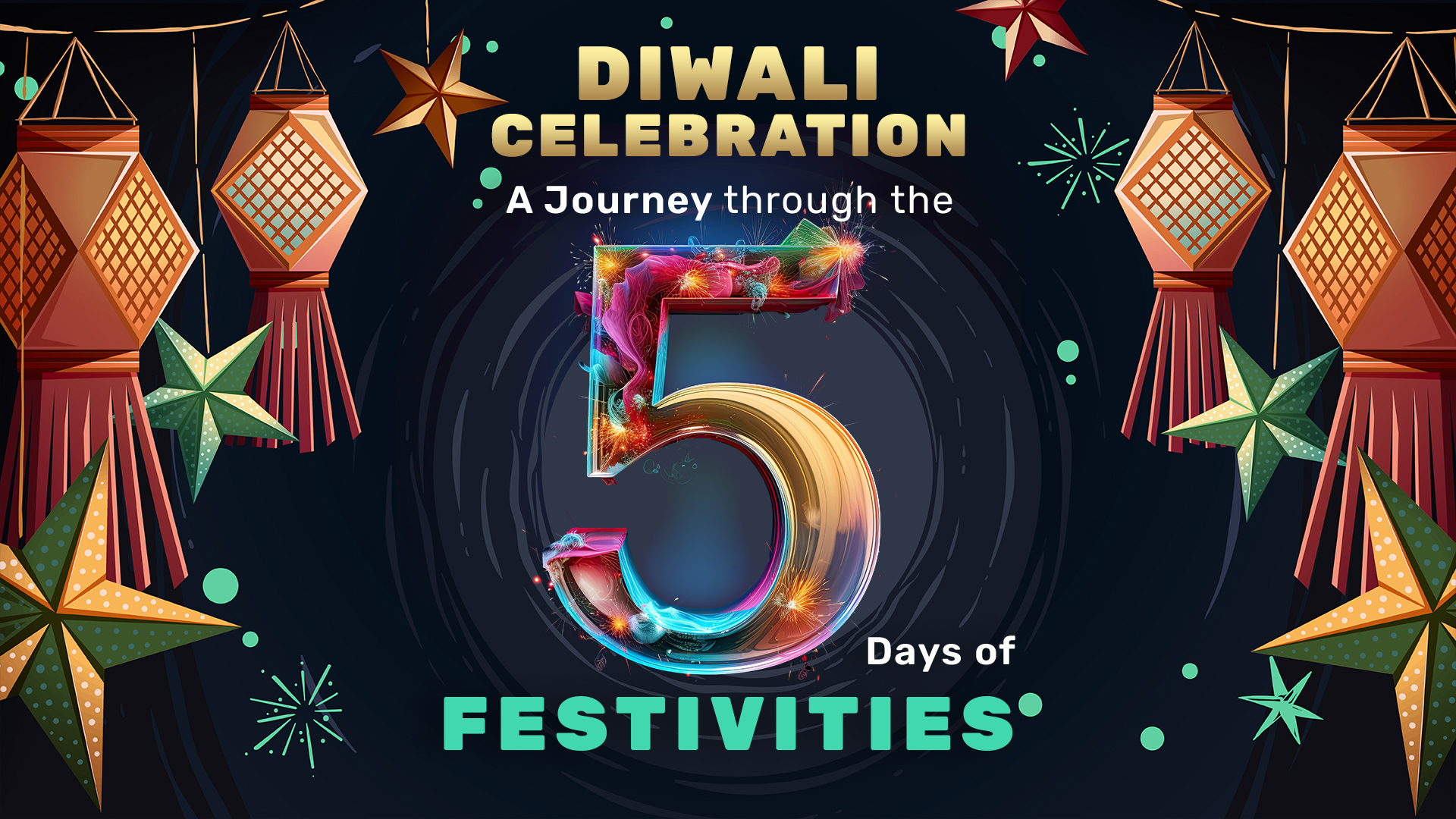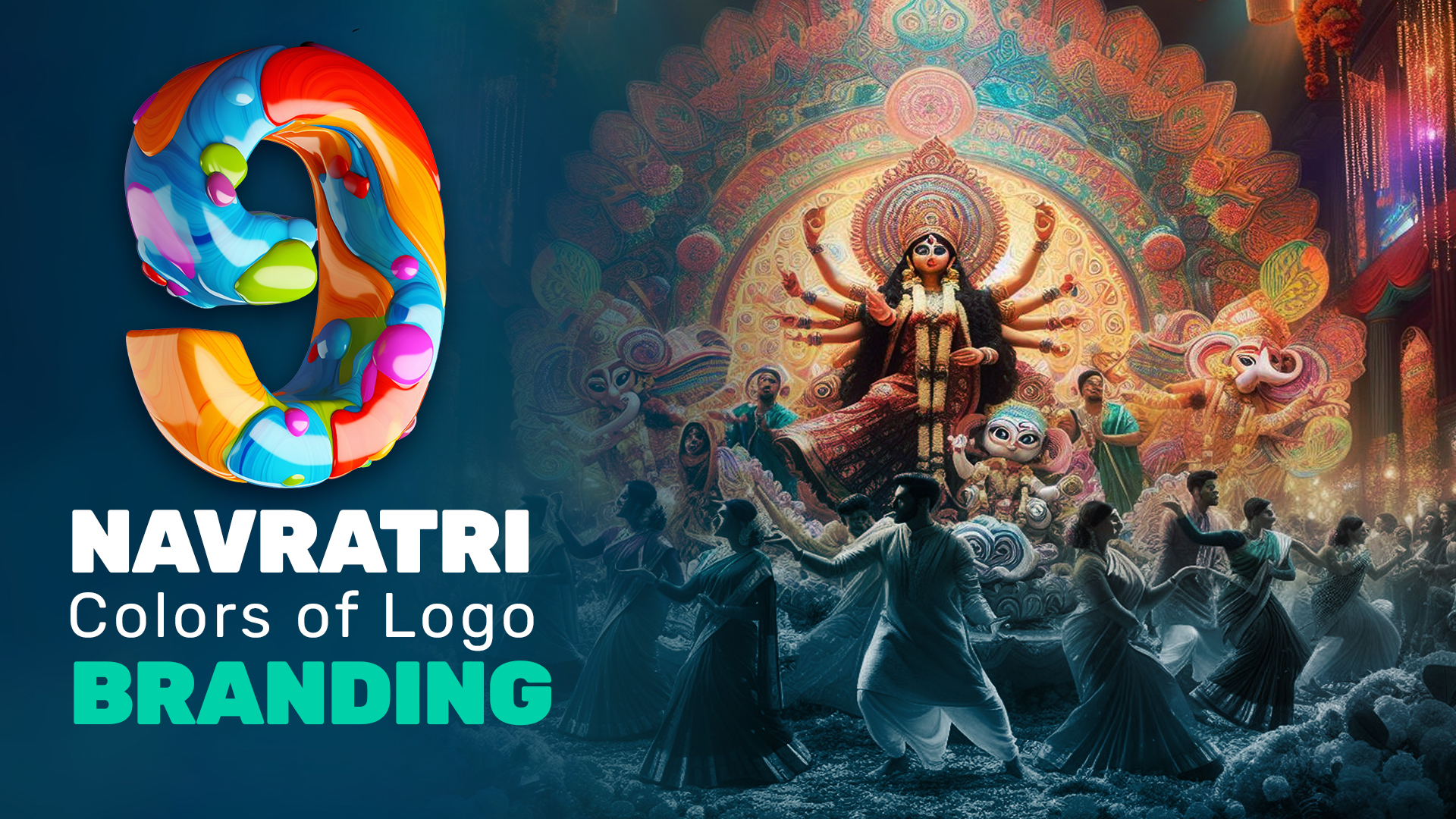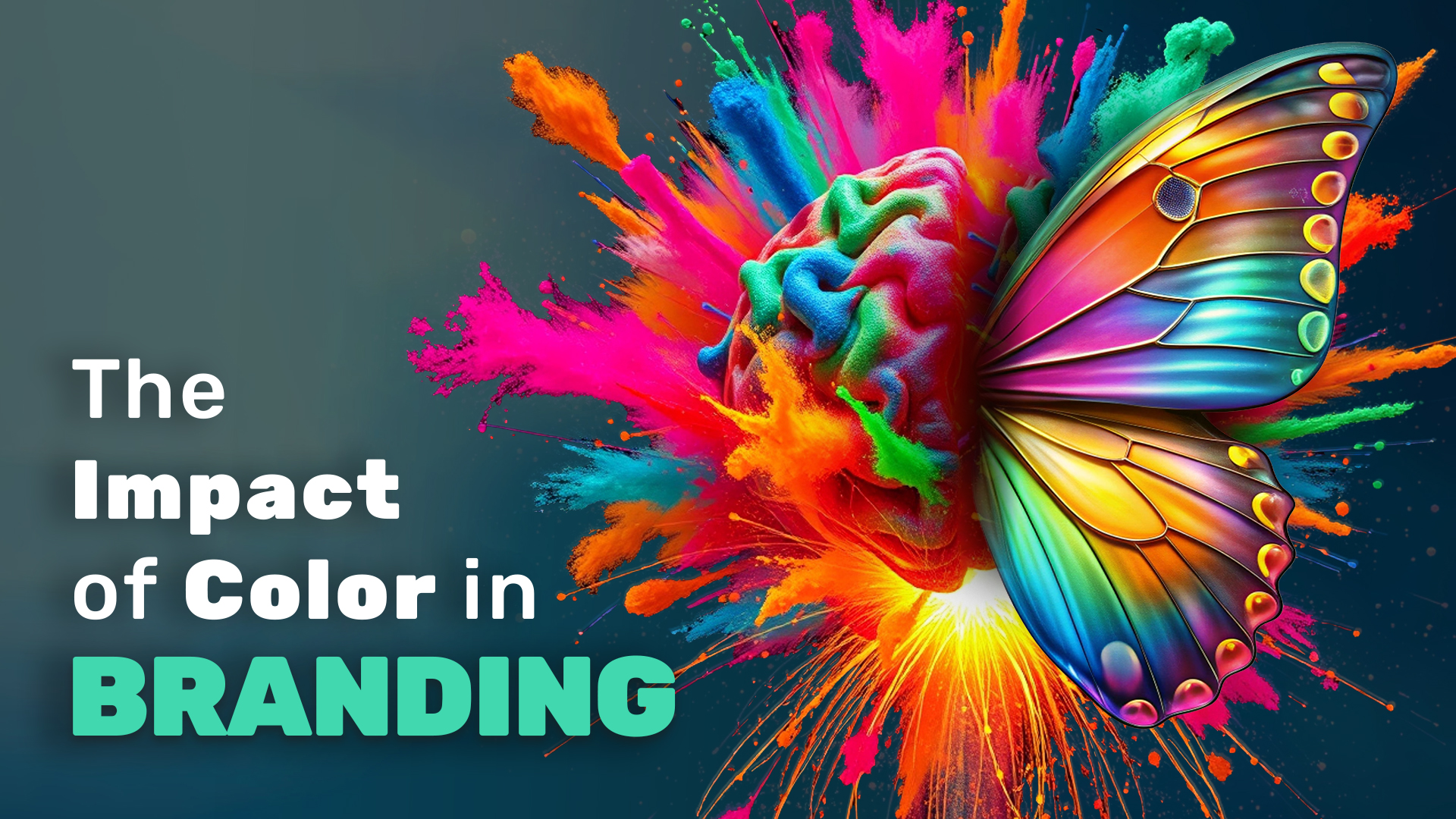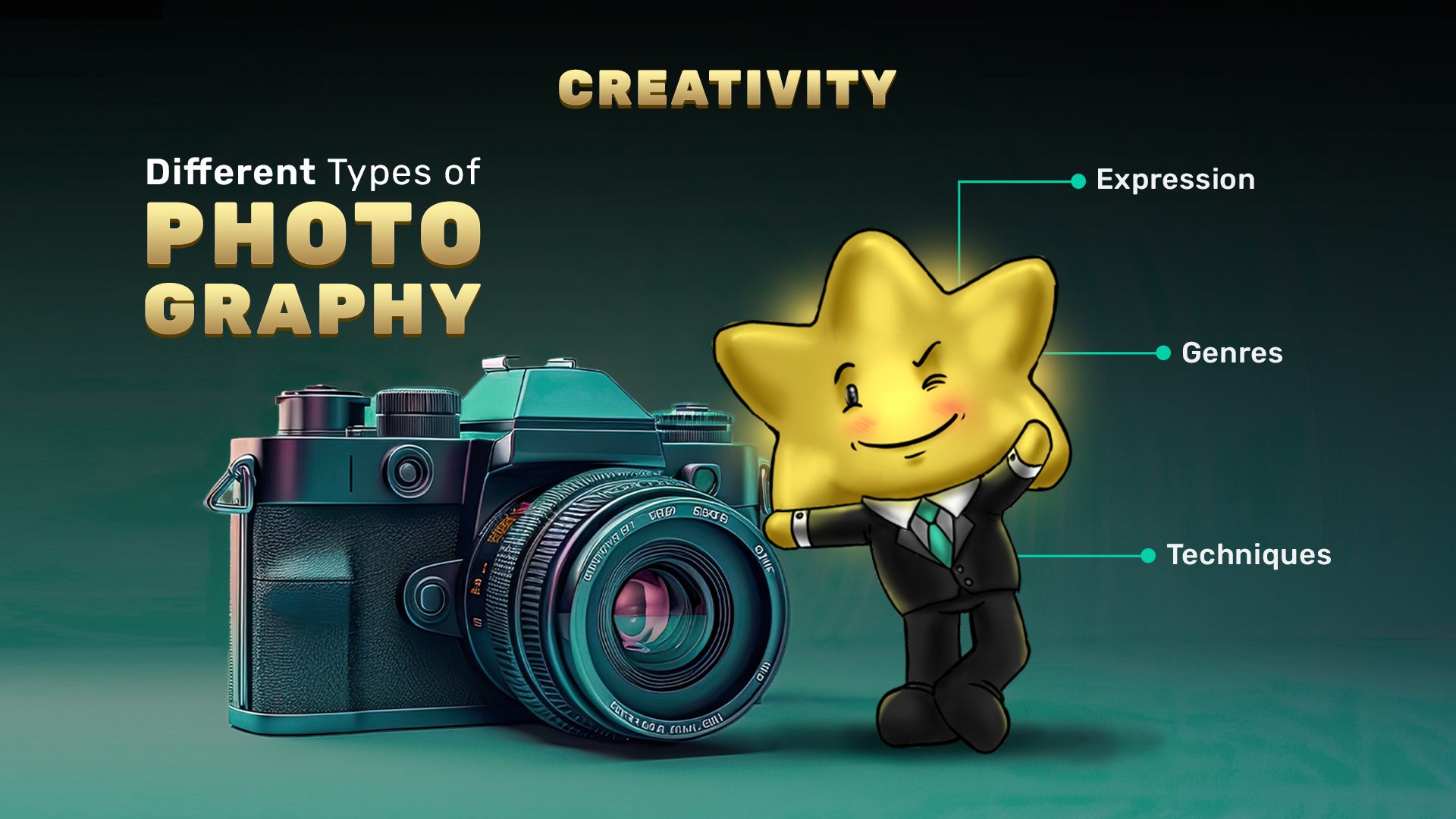
Celebrate Diwali: The Festival of Lights with Smart Magic Productions
Diwali, also known as the Festival of Lights, is a vibrant and significant celebration that symbolises the victory of light over darkness, knowledge over ignorance, and good over evil. Every year, millions of people across India and the world come together to celebrate this festival, which is filled with joy, unity, and prosperity. At Smart Magic Productions, Diwali holds a deeper significance—it’s not only a time to celebrate but also to reflect on the year of creative growth and innovation that we share with our clients. Much like the glowing diyas that illuminate homes and streets, Smart Magic Productions strives to bring light to every creative project we undertake. Our goal is to ensure that each brand shines brightly, standing out with unique and captivating stories that resonate with the season’s emotions. Inspired by Diwali’s message of renewal and celebration, we create immersive, festive campaigns that capture the essence of the festival and help brands connect with their audience in meaningful ways. Diwali Festival Celebration: A Journey Through the 5 Days of Festivities Diwali is celebrated over five days, each with its own significance and traditions. Let’s explore how each day of Diwali unfolds, and how it brings together families, businesses, and communities in a grand celebration of prosperity and togetherness. Dhanteras: The First Day of Diwali Dhanteras, also known as Dhantrayodashi, marks the beginning of the Diwali celebrations. This day is dedicated to wealth, prosperity, and health. At Smart Magic Productions, Dhanteras reminds us of the importance of creating value in everything we do. Our clients trust us to build prosperous campaigns, and we ensure their brands shine with the brilliance of new ideas and creative designs. Naraka Chaturdashi: Choti Diwali The second day of Diwali is known as Naraka Chaturdashi, or Choti Diwali, which symbolises the victory of good over evil. Much like Choti Diwali’s message of removing negativity, our team at Smart Magic Productions strives to eliminate any creative roadblocks, ensuring that every project reflects positivity and brilliance. Lakshmi Puja: The Main Day of Diwali The third day of Diwali is the most significant and is dedicated to Goddess Lakshmi, who blesses homes with wealth and prosperity. For us at Smart Magic Productions, Lakshmi Puja represents the peak of creative energy. During this festive time, we channel the spirit of Diwali into designing captivating digital experiences, stunning visual campaigns, and innovative advertisements that help brands connect with their audiences in unforgettable ways. Govardhan Puja: Celebrating Lord Krishna The fourth day of Diwali is Govardhan Puja, also known as Annakut, which celebrates Lord Krishna’s triumph over Indra, the god of rain. At Smart Magic Productions, Govardhan Puja reminds us of the importance of loyalty and trust in our relationships with clients. Just like Lord Krishna protected his followers, we are committed to safeguarding and elevating our clients’ brands. Bhai Dooj: A Celebration of Sibling Bonds The final day of Diwali is Bhai Dooj, a day dedicated to celebrating the special bond between brothers and sisters. At Smart Magic Productions, Bhai Dooj reflects the familial ties we build with our clients. We cherish these bonds, knowing that trust and collaboration are the foundations of every successful project. Conclusion Diwali, in all its richness and grandeur, is a celebration of life, joy, and the everlasting pursuit of positivity and growth. From the first spark of Dhanteras to the heartfelt bond of Bhai Dooj, each day of Diwali brings its own set of rituals and significance, painting a vivid picture of tradition, unity, and festivity. At Smart Magic Productions, we draw immense inspiration from these themes, weaving the essence of Diwali into the stories we create and the connections we build. Like the glowing diyas that adorn homes, we strive to illuminate every creative journey, ensuring each project stands out with a unique brilliance that resonates long after the festival lights dim.










